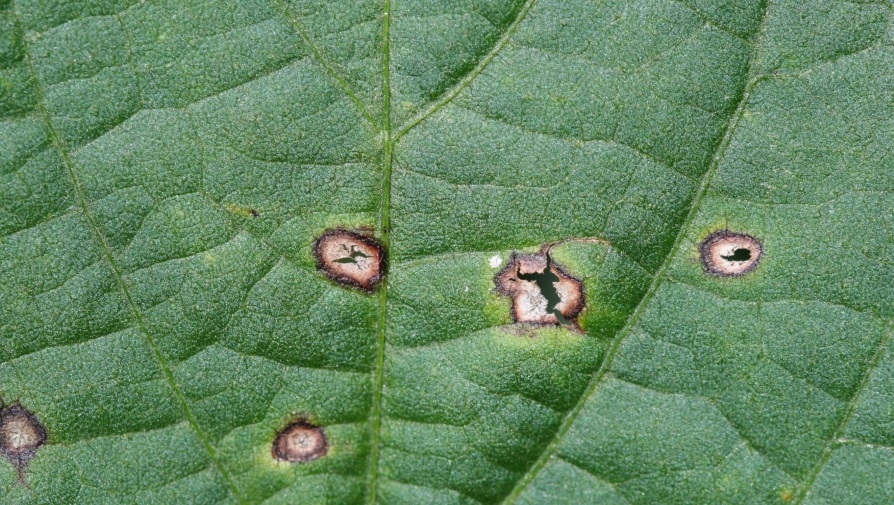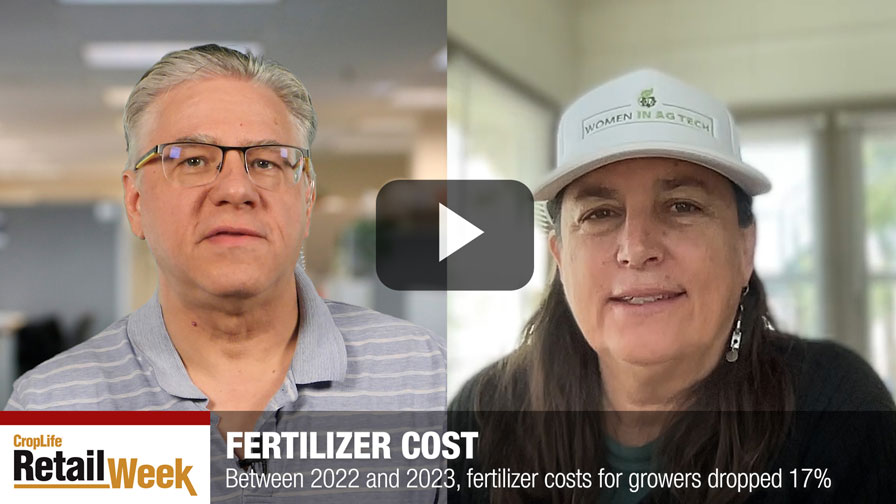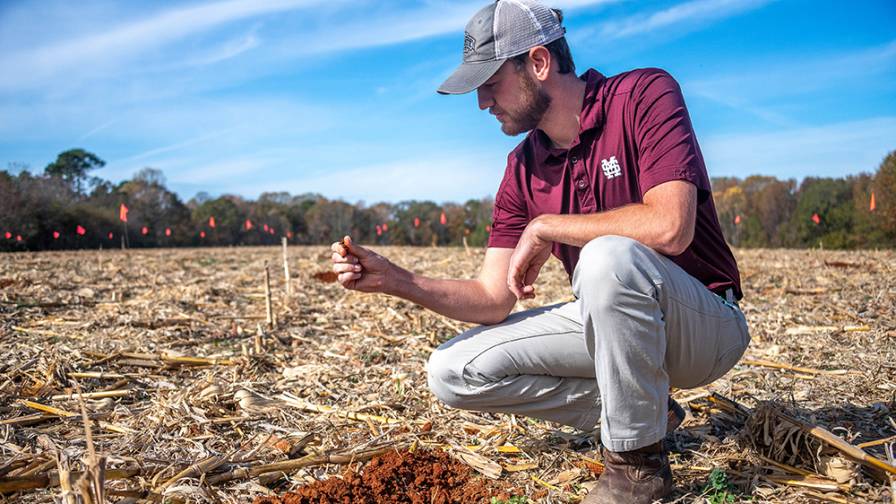Scouting Tools: Being Prepared
Granted, as input costs stay high and crop prices remain low, growers will be looking to scouts to help them get the most yield out of their crops. But there’s another driver for the increasing demand for scouts, says Brian Stark, Farm Works Software marketing manager.
“With the growth of precision agriculture tools such as yield monitors, it’s becoming easier for growers to determine the cost — lost yield — of weeds, insects, and other problems,” Stark says. “Ultimately, this will drive more people to utilize crop scouts. In turn, scouts will need better ‘tools’ to help them cover more acres in the same amount of time.”
All In The Software
Farm Works’ new version 2010 of its Site Mate and Trac Mate field software was developed with these concerns in mind. The new “Image” feature in Site Mate Scouting allows scouts to utilize a GPS-enabled handheld device with a built-in camera to take a picture of a weed or insect. Linked to a map for future referencing, the photo can be tied in with notes and other information for further assessment back at the office.
Site Mate also is now outfitted with a sampling navigation line to connect the target points in numbered order. “As each point is logged, the program auto-navigates you to the next point — providing fewer steps and better navigation,” explains Stark.
The recent purchase of Farm Works by Trimble means users of handheld devices such as Trimble Juno and Trimble Nomad now have Farm Works software available. Once data is recorded, it can be mapped and analyzed back at an office computer or transferred onto a Trimble in-cab controller such as the FmX integrated display or EZ-Guide 500, according to Jorge Heraud of Trimble Flow and Application Controls.
Laptops and handheld devices in the field may eventually be replaced by netbooks, says David Krueger of AgRenaissance Software LLC. “It’s impractical to take a laptop into the field, however a netbook is small enough and cheap enough that it can be used in the field,” he says. “And since it’s running a full Windows Operating System, you have the benefit of running desktop software, unlike a handheld device.”
Krueger emphasizes buying a netbook with a solid state drive (SSD). An SSD has no hard drive that could crash, is more rugged than laptops, and all disk space actually resides in RAM. “It truly is instantly on when you open the lid, because there’s no hard drive to spin up,” says Krueger.
Software technology requires access to the Internet in the field. SST Development customer Crop Quest Agronomic Services provides network cards to its personnel using SST Summit and Paramount Reporting software on mobile laptops.
Sensory Upload
Other new tools target the soil’s nutrient health, including two from Veris Technologies. The pH Detector and Quad EC1000 are small yet powerful tools “more geared to soil and crop management than strictly crop scouting,” says Veris’ Eric Lund. “Both are geared to use with an all-terrain vehicle, which is a new way of deploying our sensors.”
The pH Detector rapidly, accurately, and affordably maps pH variability, whether on a small grid or measuring pH at several locations within management zones. The pH probe is inserted in the soil with an easy-push mechanism, and in about 10 seconds, a geo-referenced pH measurement is recorded on the Veris DataLogger.





